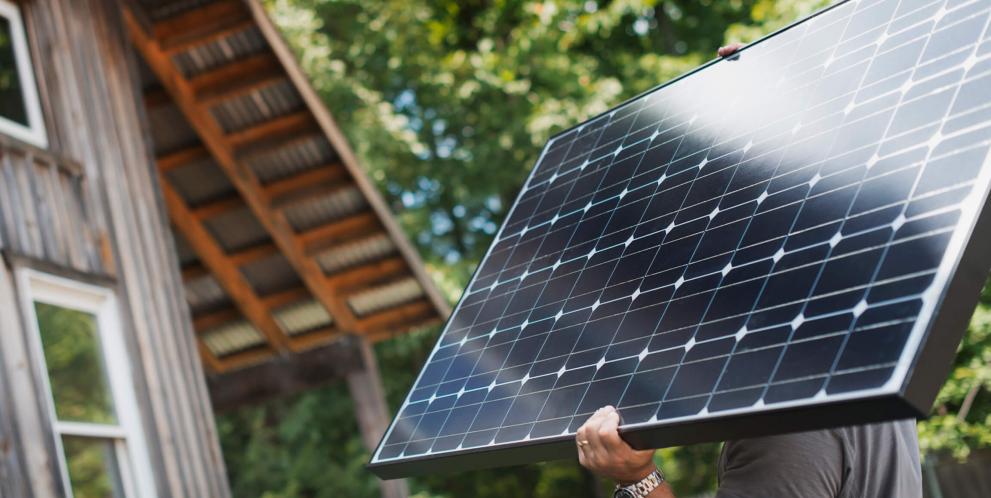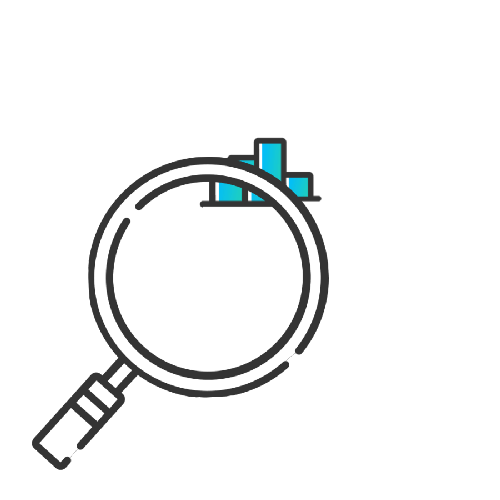Error message title

Error message title
Searching great energy plans for you
What are solar feed-in tariffs (FITs) and how do they work?
Solar FITs made simpler

If you’ve ever looked into solar PV panels as a way to reduce energy costs, you’ve probably heard the term ‘feed-in tariff’ (or FIT).
In this post, we break down what solar feed-in tariffs are, how they work, and how you can harness the power of solar to help you save on your electricity bills.
Solar feed-in tariffs explained
When your rooftop solar panels generate more power than you’re using in your home, the leftover solar energy is sent back into the electricity grid.
A feed-in tariff, or FIT, is a payment you’ll receive for this unused energy. The solar FIT appears as a credit on your electricity bill and is paid to you from your electricity retailer (us), usually at a set rate per kilowatt hour.
Feed-in tariff rates (payment amounts) and eligibility will change depending on:
- the amount of solar-generated electricity you feed back into the grid
- the state you live in
- when you installed your solar PV system.
The FIT rates ENGIE is currently paying in New South Wales, Victoria, South Australia, Queensland and ACT can be found here.
Cost savings with solar
As the Victorian Government’s Essential Services Commission points out, the minimum solar feed-in tariff is lower than the retail electricity tariff. This is because energy retailers need to cover costs involved in providing electricity to customers.
This sounds like bad news, but it doesn’t mean you can’t save money with solar. It simply means you’re usually better off using the solar energy your panels are generating instead of using energy from the grid. And if you still have leftover energy you can send back to the electricity grid, the FIT you’ll receive is a bonus.
According to the NSW Government’s Energy Saver website, the average Sydney household could save up to $900 a year by installing a 4-kilowatt solar system on their roof.
The Solar Victoria website puts the costs savings on a par, estimating that a typical household will save around $890 off their yearly electricity bill by installing a solar PV system.
Check out our post on solar installation costs and return on investment to learn more about solar PV system costs and payback times.
Tracking home solar energy use and FIT credit
If you’re an ENGIE customer, our free Tracker service draws real-time data from your smart meter, helping you track and compare your electricity usage and spend. All you need is an email address and a smart meter, and we’ll automatically sign you up.
If you have solar panels, your weekly Tracker emails will also help you understand how solar is offsetting your energy costs, including a breakdown of how much solar feed-in credit you’ve earned and how many kilowatts of electricity you’ve exported to the grid.
Solar made simple
Whether you want to get more out of your existing home solar system or you're looking to install solar panels, ENGIE can help you 'power up' the value of solar energy.
No matter where you are on your solar PV journey, click here to learn more about the benefits of our solar solutions.


